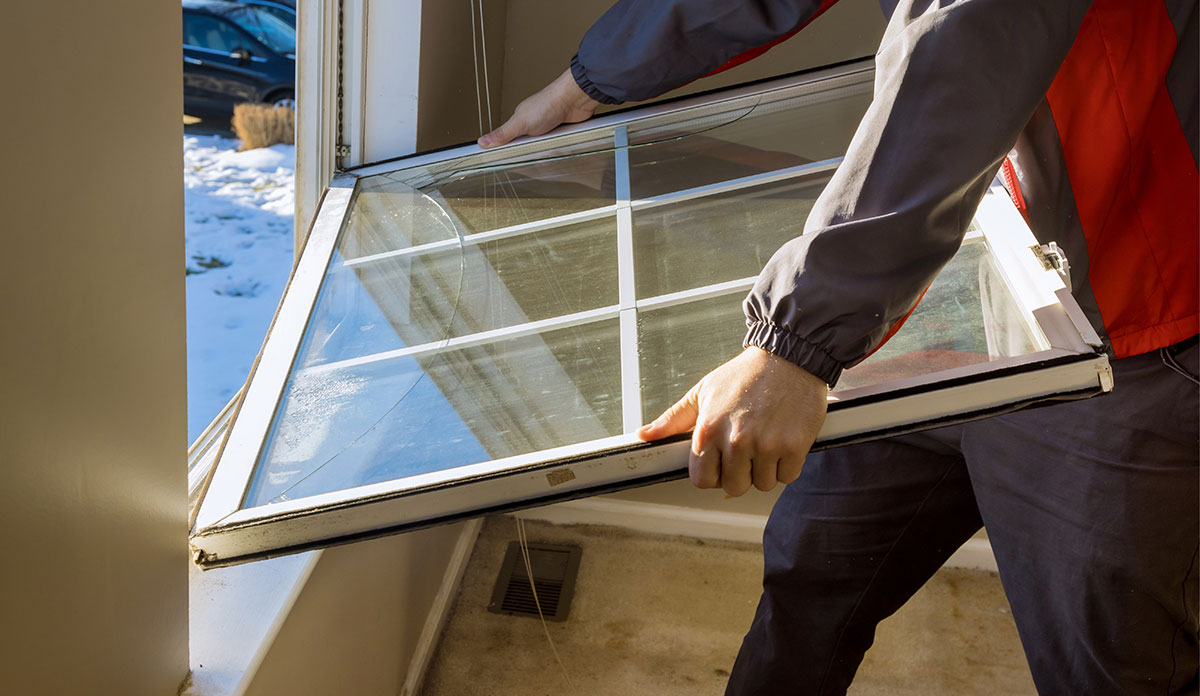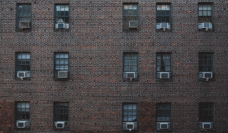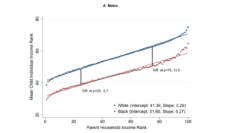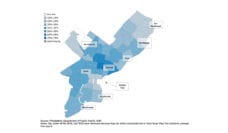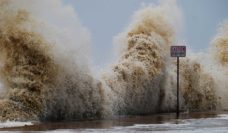Improving the energy efficiency of income-eligible households can have several benefits, including improving the health of occupants. Low-income weatherization programs offered by the federal government, states, and utilities install insulation and air sealing measures, and repair and replace heating and air conditioning systems.
In combination, these and other measures improve the thermal comfort and resilience of homes. In turn, residents may experience reduced arthritis symptoms and thermal stress illness and death. The latter can occur when elders, for instance, are exposed to prolonged periods of extreme heat or cold because their homes are uninsulated, too expensive to heat or cool, lack cooling (such as in New England or the Pacific Northwest), or have broken heating or cooling systems. Weatherization also reduces intrusions of outdoor allergens and noise, which can reduce respiratory symptoms and stress. Our research indicates that households use the money they save from lower energy bills to pay for food and medication.
Homes entering weatherization programs are often in deficient physical shape. For example, over 70% of residents living in single family homes report drafts and 25% report insect infestations. Participating households also report high levels of chronic disease. Fifteen percent report at least one person with asthma versus a national rate of about 8%. And 75% report struggling to pay their energy bills. Households living in large multifamily buildings (i.e., buildings with 5 or more units) report better home, health, and household financial conditions pre-weatherization than those living in single-family homes.
Households that receive weatherization services based on income eligibility often differ in terms of baseline financial and health conditions Weatherizing homes in ‘worse’ shape might provide higher benefits to those residents and to their communities than weatherizing households in ‘better’ shape, though the energy savings might be equivalent.
We surveyed residents of weatherized homes and clustered households based on their answers to nine questions pertaining to financial health. About 25% of households reported experiencing six of nine financial hardships, whereas 50% reported only experiencing one of nine. Households experiencing more financial hardships reported more bad days of mental and physical health and rest/sleep, and worse home conditions including unsafe temperatures and intruding outdoor noise.
Nationally, about one-third of households report not buying food to pay for energy bills whereas one-quarter will not pay energy bills to pay for food.
Households that fell into the ‘better’ shape clusters tended to be headed by retirees whereas households falling into the ‘worse’ shape clusters were more likely to be headed by near-elders. The latter are not yet eligible for Medicare or Social Security and are much less likely to be able to participate in the workforce, and, thus, have less access to healthcare and financial resources. These households seem to be falling through the cracks of our social net and could especially benefit from having their homes weatherized.
Reducing energy bills through weatherization is especially important because low-income households tend to prioritize paying utility bills over buying food and prescriptions. Nationally, about one-third of households report not buying food to pay for energy bills whereas one-quarter will not pay energy bills to pay for food. About one quarter will not purchase prescriptions to pay energy bills whereas about 12% will not pay energy bills to purchase prescriptions. Among the ‘worse’ shape households, 80% to 90% will make the decision to forego food and prescriptions to pay energy bills, whereas only 40% to 50% report making the opposite trade-off.
Home weatherization programs in low-income communities are much-needed public health interventions. As a next step public health departments and health care organizations need to include weatherization programs in social service referral networks. We need to make single-family homes headed by near-elders whose poor health limits their ability to participate in the workforce a high priority.
Photo via Getty Images









